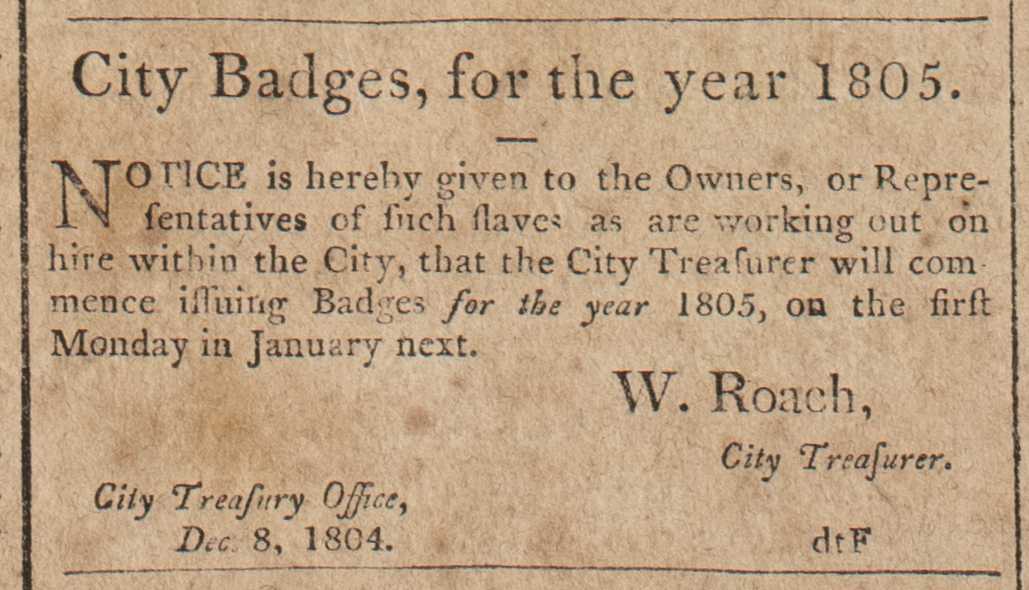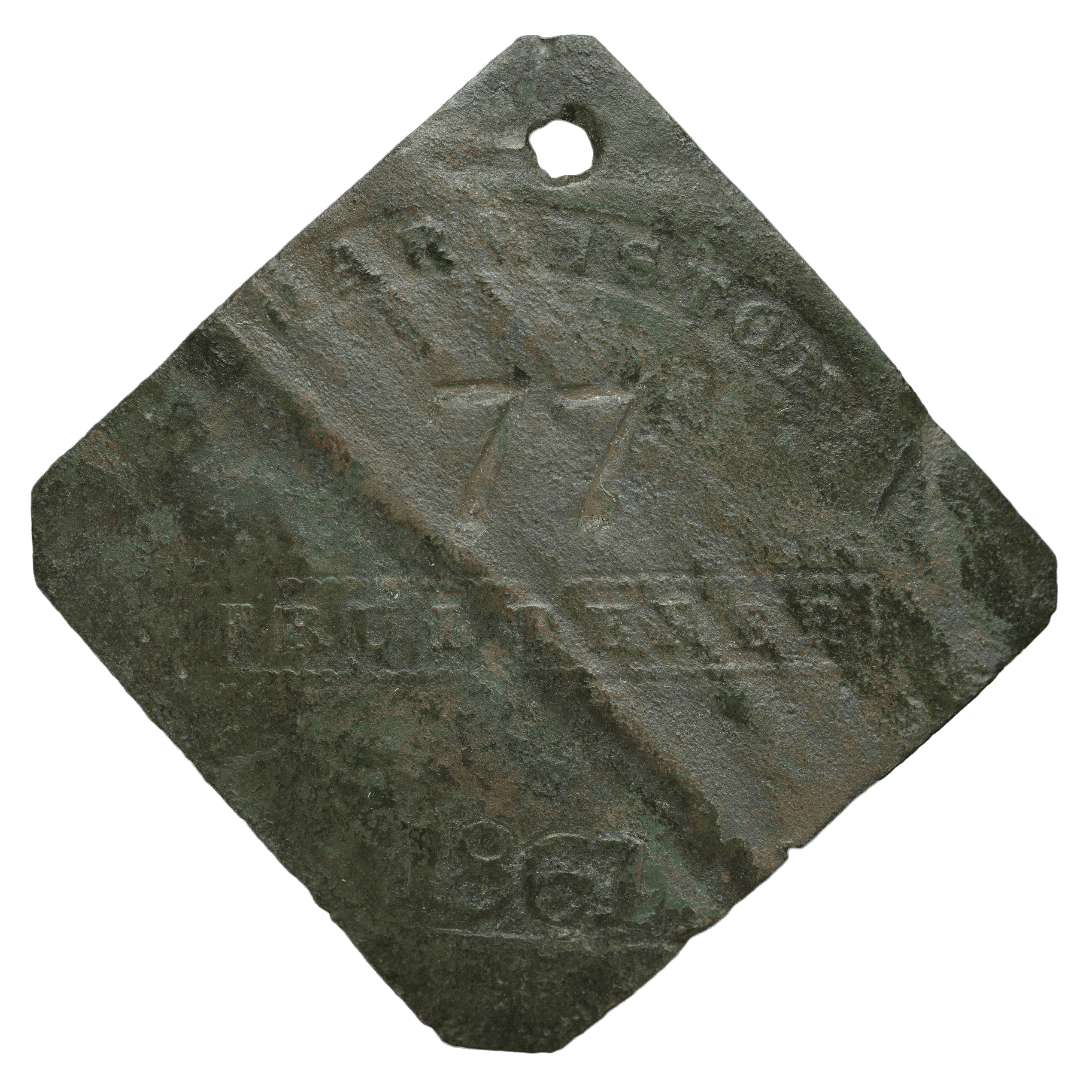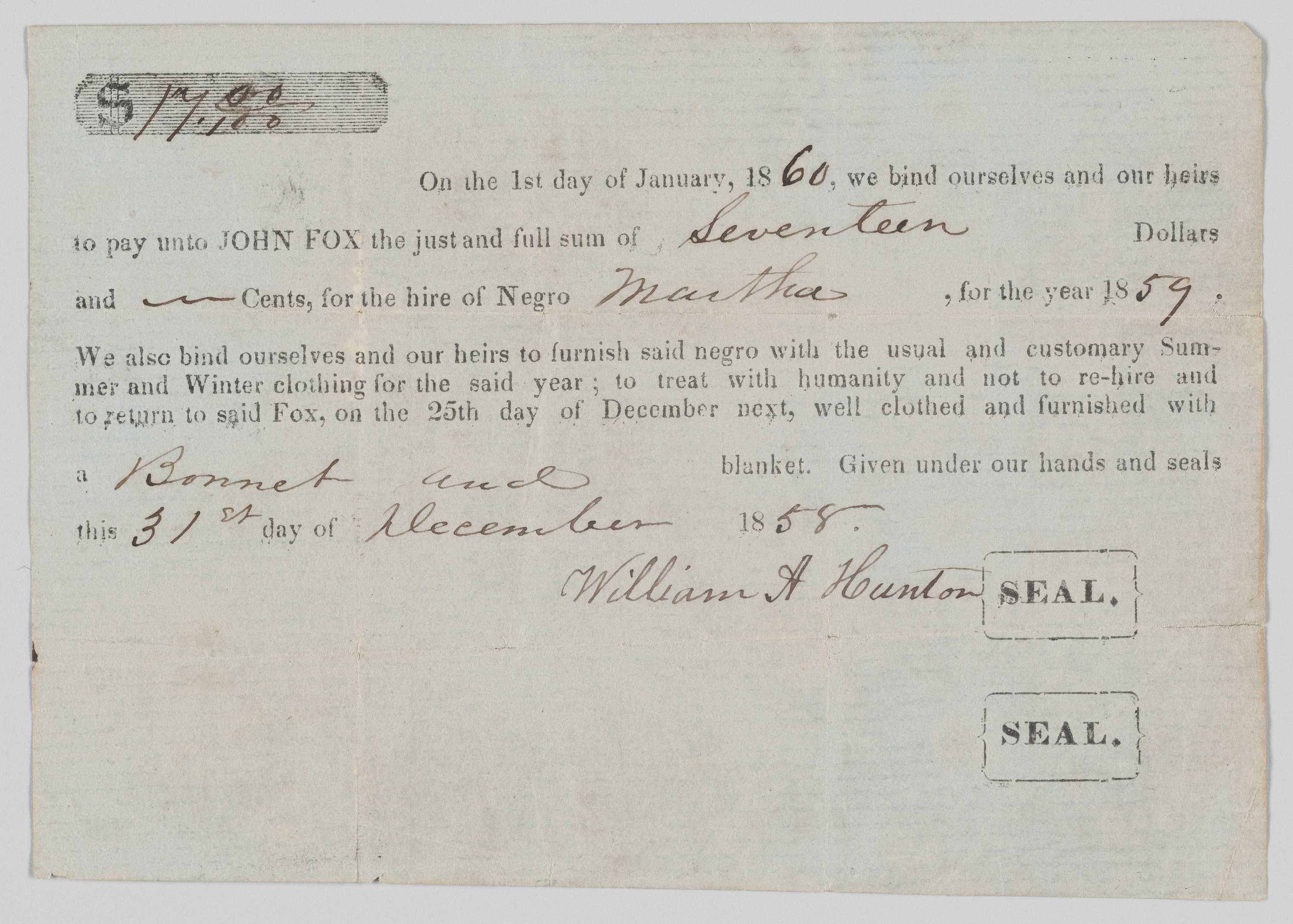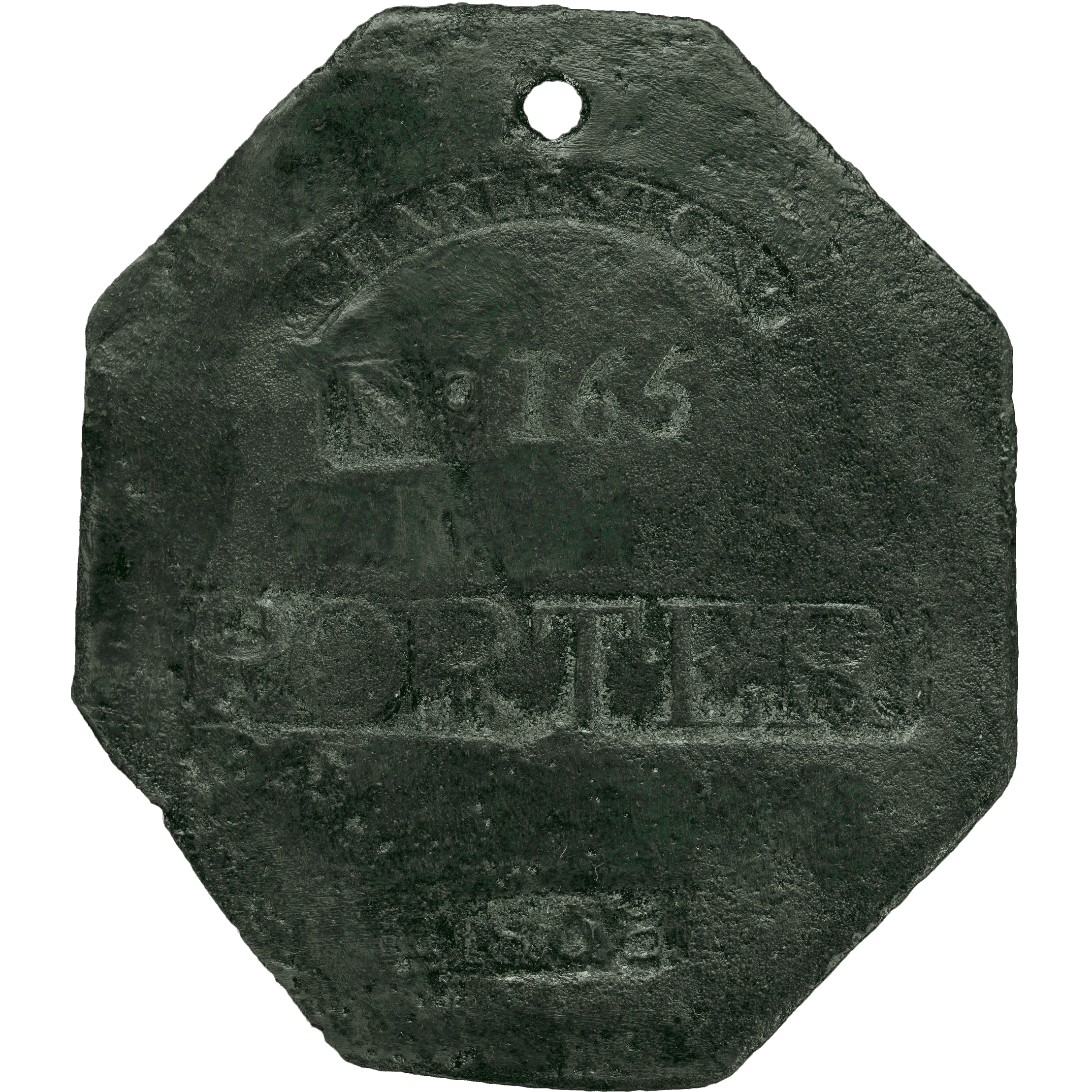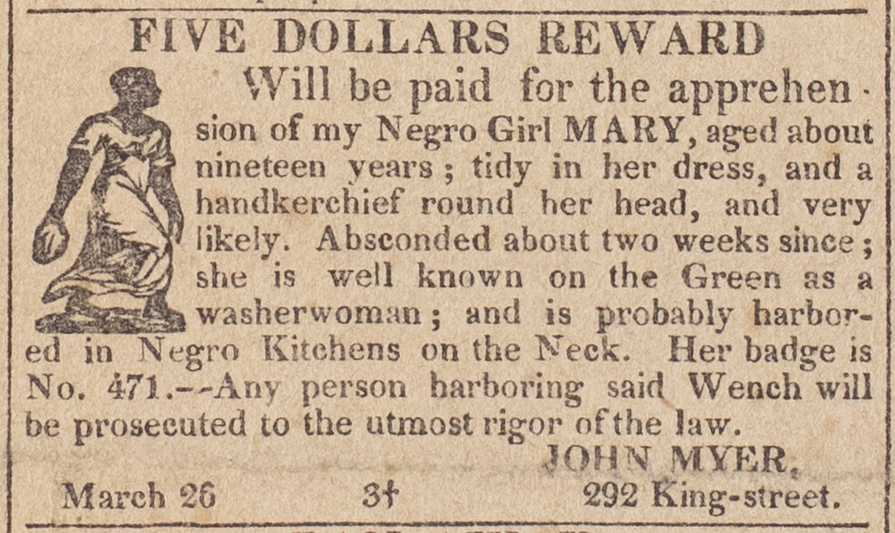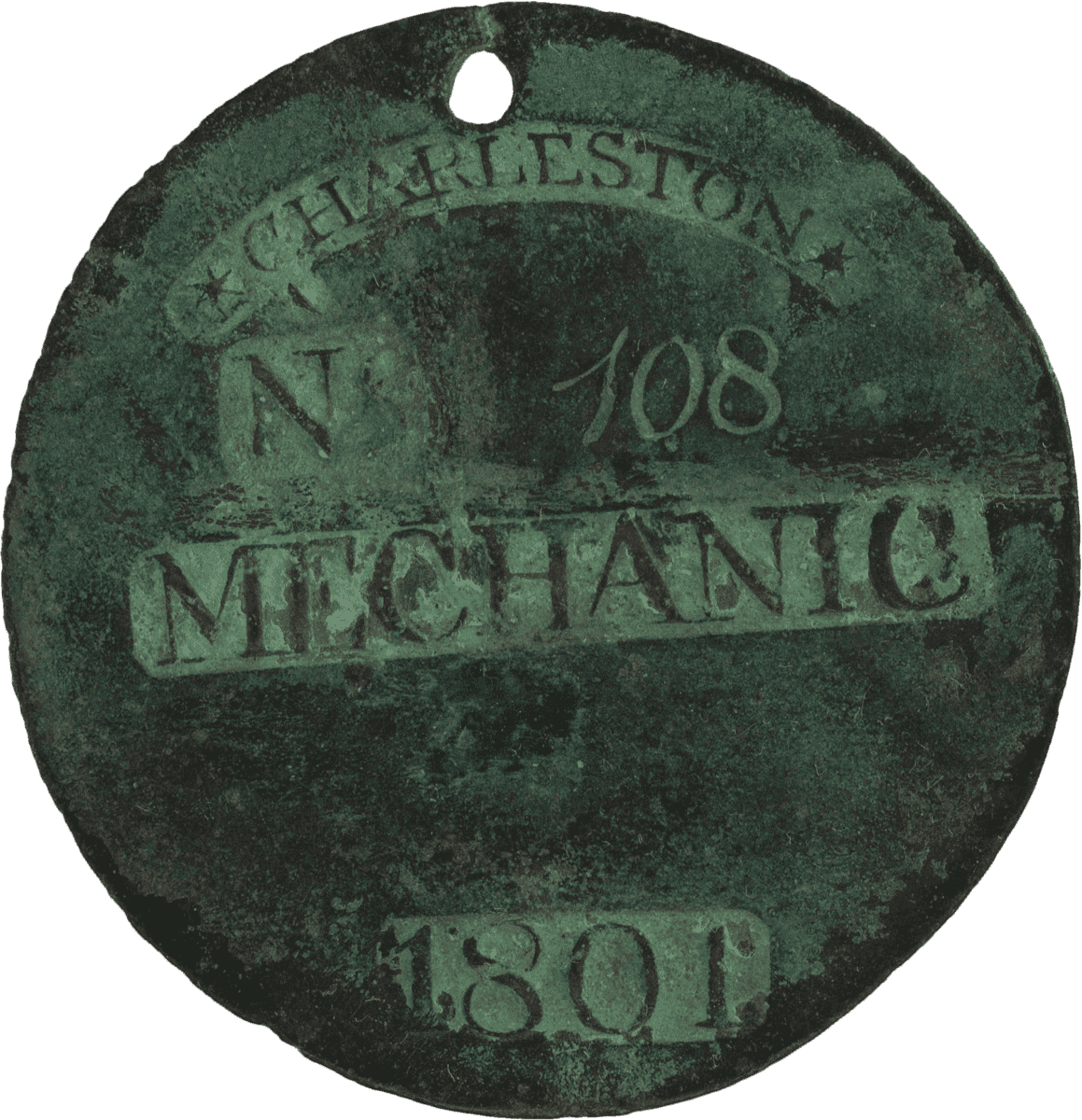Chapter 4
Life & Work
African Americans who endured slavery created cultures instilled with wisdom, beauty, and vitality. Living a dual life—one of hardship and one of community and faith—enslaved people turned their focus towards family, knowledge, neighbors, and joy, wherever it might be found. They found pleasure in a job well done, a child well-loved, a song, a story, or a gathering that rejuvenated the soul. Life was more than enslavement.
To Create
Isaac Granger Jefferson, Enslaved Blacksmith, ca. 1845
Drawing on generations of skill and artistry, from mentors and master craftsmen, African American men applied traditions of metalwork, architecture, and engineering from western Africa. While building for others, they also built for themselves. They instilled the pride of craftsmanship into their daily work and took time to create for loved ones. But skills came at a price—enslavers bought, sold, and rented craftsmen, often breaking families apart.

Most all the fine work around Wilmington was done by slaves. They called 'em artisans. None of 'em could read, but give 'em any plan an' they could follow it to the last line.
John Jackson, 1937
Life
Grave Marker for Laide Williams
African American crafts workers took pride in their skills and used them to improve life for themselves and their communities. They made everyday objects to sell at market and provide for their families. They also created for pleasure, decorating bowls, quilts, dresses, and furniture with their own style.
Solomon Williams used his metalworking skills to honor his wife, Laide Williams, after her death. He marked her grave and the graves of other enslaved men and women who lived in the Cane River community with beautiful hand-wrought crosses.
Work
Double Helix Drill Bit, before 1865
As an enslaved blacksmith, Solomon Williams designed and forged this double-helix drill bit in 1820. It is a striking example of complex mathematics applied to metalwork. Blacksmiths like Williams held a position of respect and power in many plantation communities, derived from their skill, intellect, and relative mobility. Like other artisans, blacksmiths were often called upon to travel from plantation to plantation. This gave them knowledge of the neighborhood and ties to other enslaved people nearby.
Thomas Day, Master Craftsman
Carved Side Chair by Thomas Day
Thomas Day was a master craftsman of cabinetry and furnishing and was at one time considered North Carolina’s premier cabinetmaker. His elite clientele benefited from his artistry as he created unique architectural designs that complemented his ornate furniture.
Enslavement
Iron Collar and Key
Enslaved blacksmiths were often forced to forge restraints. Like other enslaved blacksmiths, Solomon Williams probably made shackles, neck irons, balls and chains, and thumbscrews that could have been used on members of his community, his family, or even himself.
Dave the Potter
Storage Jar Made and Signed by David Drake, 1852
Large stoneware jars stored grains and liquids. But David Drake, an enslaved man in South Carolina, made sure his jars were special. Known as Dave the Potter, he signed his pots, which were remarkable for their size and craftsmanship. He sometimes wrote poems on his jars, adding even more creativity to his work.
Charleston Slave Tags
As the nation’s second largest city, Charleston had a booming construction trade. Enslavers saw a business opportunity and rented out enslaved people with valuable skills. Each enslaved person who was rented had to wear a tag, or badge, that was regulated and taxed by the city. These badges identify a porter, mechanic, and servant.

The Charleston Slave Badges
Enslavers in Charleston, South Carolina began hiring out enslaved people – leasing them to others to perform specific work and required them to wear badges. Enslavers, business owners and the city of Charleston made money from this system. Some enslaved people used the system to purchase their freedom.
